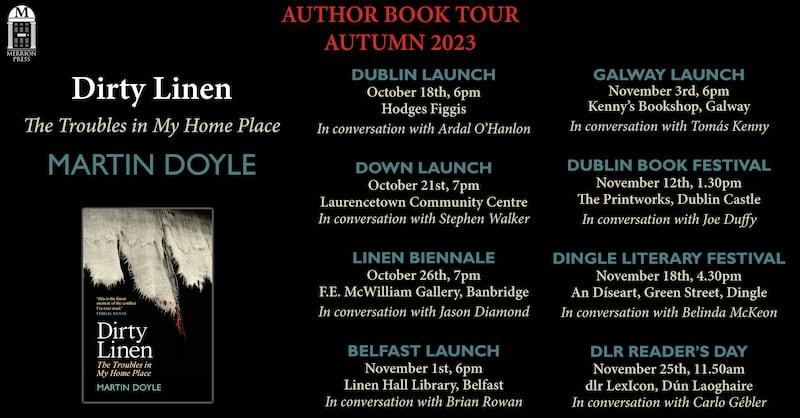Dirty Linen: The Troubles in My Home Place started out as an essay for Paul McVeigh’s The 32: An Anthology of Irish Working-Class Voices. My thesis was that as a Catholic growing up in the North in the 1970s and 80s, the prejudice I had faced had far more to do with my religious and ethnic identity than my class. No one ever called me a working-class bastard.
I wove a thread that linked the expulsion of my grandfather and his sister and hundreds of local Catholics from a bleach green in 1920 to the UVF murder of a neighbour in a linen mill in 1989. I chronicled other Troubles atrocities in my parish, including the UVF murders of three members of the O’Dowd family in Ballydougan in January 1976. Declan, who was only 19 when he was murdered along with his brother Barry and uncle Joe, had been our coalman. His father, Barney, who was also shot but had survived, had been our much-loved milkman.
The O’Dowds moved South and I didn’t see Barney again until Dirty Linen was published in The Irish Times in May 2021. Barney’s son Noel made contact and invited me to meet Barney and his family. As Barney and Noel told their remarkable stories, I felt compelled to write about them. The detail that devastated me was that when Kathleen O’Dowd died in 1999, her surviving sons personally exhumed their brothers’ bodies and reburied Declan and Barry beside their mother in Co Meath. It felt like a Greek tragedy, the embodiment of Troubles trauma.
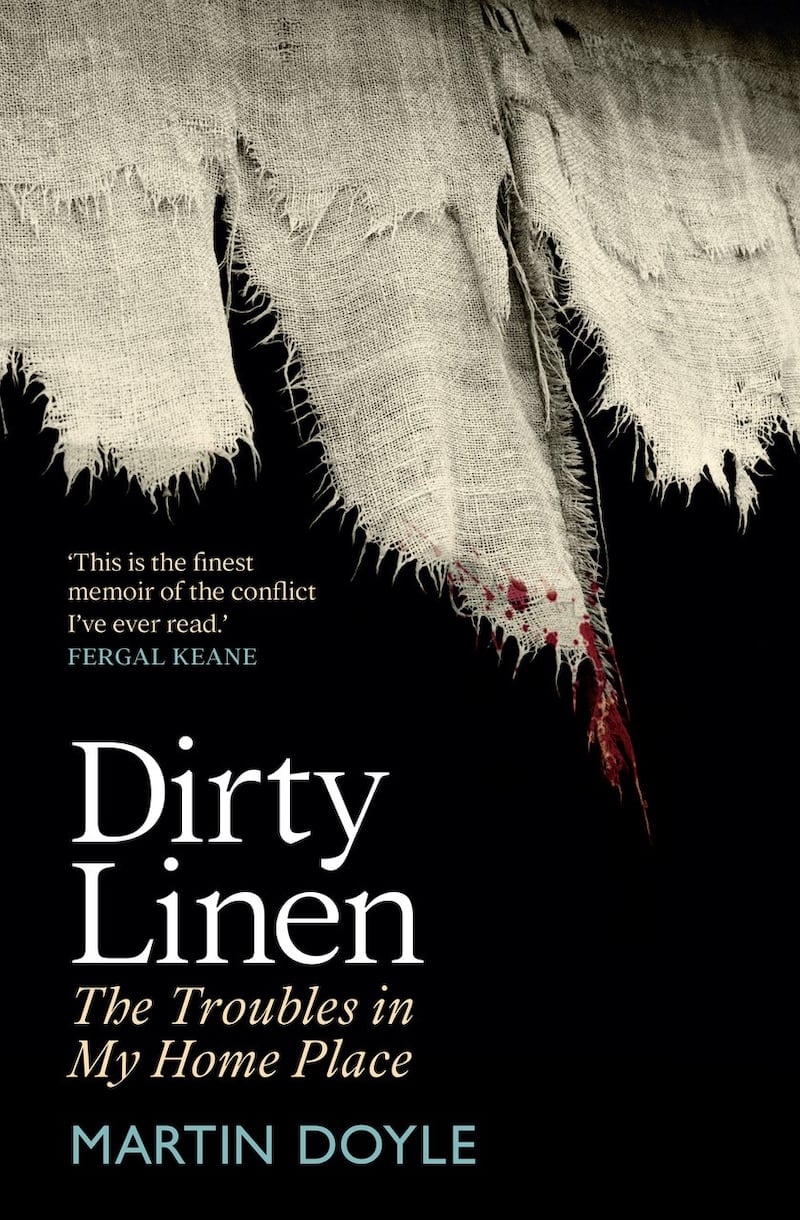
Noel and I crossed the Border, a Border I have always mentally crossed out, and he led me to the remote family farmhouse, abandoned since the murders 45 years before, talking me through what happened in every room. The building’s dereliction reminded me of the abandoned linen mills that lined the Bann and the Lagan. Noel became my guide to the underworld of the Troubles, ferrying me to the black spots where more than 20 people died violently in my parish, helping me join the dots.
RM Block
Richard Beattie, who shares his father’s name, was 17 when his dad was murdered, four days before the O’Dowds. He lives in a modern house whose huge windows overlook the river Bann, which on the day we met last October was swollen with rainwater and looked like it might burst its banks. Where waterlogged fields sloped down to the road, the water running off was a muddy brown. God knows this land must be well used to the rain but there is only so much even it can take.
On December 31st, 1975, the INLA murdered Richard Beattie (44) and fellow Protestants Billy Scott (28) and Sylvia McCullough (31), when a no-warning bomb exploded in a crowded pub in Gilford, Co Down, the largest village in my parish of Tullylish.
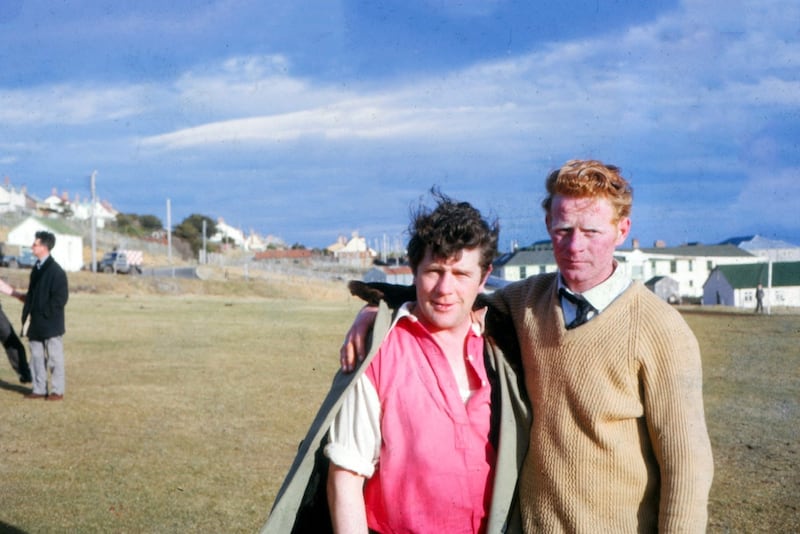
If you Google Gilford pub bombing, however, the algorithm redirects you to the 1974 IRA Guildford pub bombing in Surrey, adding the insult of erasure to the fatal injuries sustained by its three victims. How faint a trace our commonplace atrocities leave on the historical record and national consciousness, yet how indelibly they mark the lives of loved ones left behind.
Richard has never talked before about his father’s murder, not even with his four siblings. He speaks at all times very calmly, and laughs as he tells stories, finding the humour in small things, but occasionally the emotions he is tapping into threaten, like a saturated water table, to spill over on to the surface.
“It was only after you rang that I started thinking about it,” he tells me straight away. “It was a horrific night that it happened. I sort of blamed myself a wee bit for it. I was 17 going on 18 and I had long hair and used to spend ages in the bathroom. That night I remember saying: ‘Do you want to go to the bathroom first, Dad, before I wash my hair?’ because I knew he wanted to go down to the pigeons [a club next to the pub].
“It seemed like only seconds from when he left the door till the bang went off. Something went in my head: I knew exactly what it was. I knew where it happened. I was there like that,” he says, snapping his fingers. A footpath brings you directly on to Mill Street, which means you can run there faster than you can get there by car.
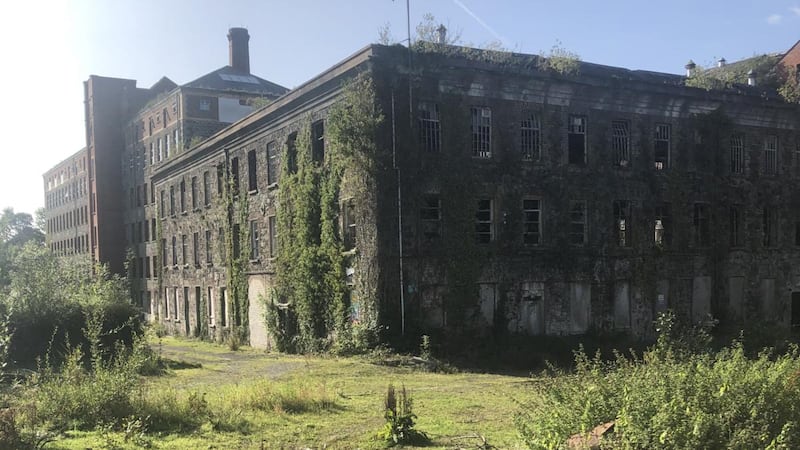
“I remember shouting for my dad and he answered me. I went into the bar and I seen things that you never want to see. I remember putting my hands under his shoulders and him saying, ‘Don’t lift me, I’ve no legs.’ His friend Billy Scott was lying beside him. It was horrific. I went outside, I couldn’t take it another second. You blank it out, you know, altogether.”
On New Year’s Eve 2021, I posted on social media about the Gilford murders. My feature, A Ghost Estate and an Empty Grave, about the O’Dowd murders, was about to be published in The Irish Times and I wanted to make it clear that I was not ignoring or indifferent to the atrocity that preceded it. A friend, Noelene, messaged to say that Richard Beattie was her uncle. I had no idea that she had lost a close relative in this way. Some people might think Northerners do nothing but talk about the Troubles, but the truth is we are all far too circumspect about those 30 years of trauma, the hurts we all harbour. A veil of silence has been drawn over the horrors of the past, its terrors left unprocessed, details forgotten, killings happening so thick and fast that the dead were not properly memorialised.
While the immediate families of victims must of course be allowed to grieve and remember their loved ones in private and as they see fit, wider society would benefit, I believe, from a greater understanding and appreciation of the trauma that two generations endured. It is by sharing our stories that we build a ridge of common ground from which good things can grow. The Troubles were a blight on all our lives and while things are so much better now, the spores are sadly still in the air.
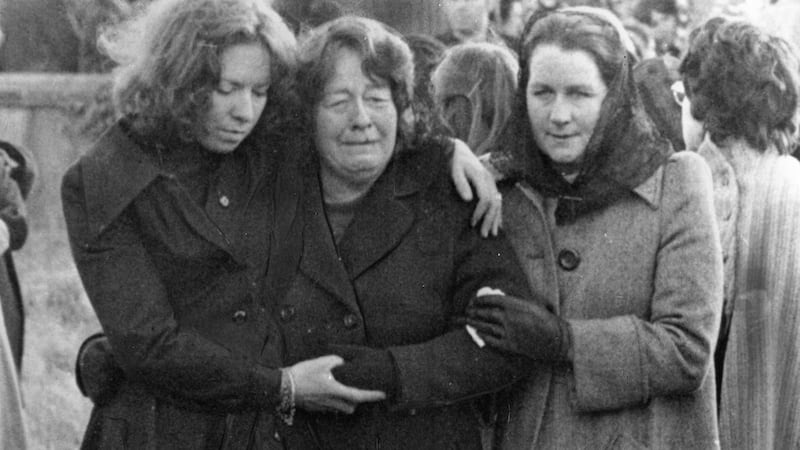
Gilford has no graveyards. The linen lord who built a six-storey mill, cottages for his workers and a mansion for himself, was paternalistic enough to fund the building of Catholic, Anglican and Presbyterian churches in the village but did not want to dwell upon the dead. So the village’s dead are buried elsewhere, Catholics in one place, Protestants in another, out of sight and for some out of mind.
Dirty Linen bears in mind these dead, to paraphrase the poet John Hewitt, and lays their stories, Catholic and Protestant, side by side.
The scale of the Northern conflict, more than 3,500 dead over 30 years in a population of just 1.5 million, is impossible to comprehend. By focusing on one parish, my own, I have sought to convey the trauma and the texture of those times through the eyes and the words of my neighbours.
Dirty Linen is personal for me too on another level.
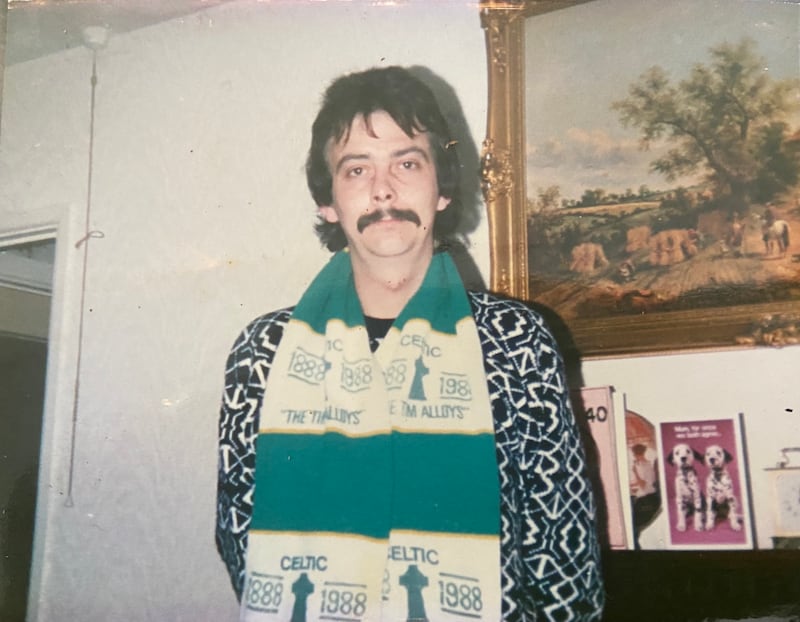
When Pat Feeney was murdered in February 1989 for the ‘crime’ of being a Catholic, set up by a Protestant colleague while working as a nightwatchman at Liddell’s linen mill in Donaghcloney, I was a 21-year-old student at the University of St Andrews. I only found out a few days later, when my cousin Julie visited for a student ball. I keenly remember the feeling of survivor’s guilt. As I imagined the crowd of mourners at Pat’s funeral, my own black-tie event seemed obscenely frivolous.
My English girlfriend shared with me that evening the story of a schoolfriend, Nikki, whose family had suffered a similar tragedy to the Feeneys. In London, years later, Nikki and I met, fell in love and became husband and wife. Together we created a new family. I thought that Nikki’s tragic past, which she had overcome with such resilience and courage, would magically inoculate us from future misfortune. I was wrong. When Nikki died of cancer in November 2013, at the age of 48, leaving me and our three young children with only her memory, I raged at the casual cruelty of life.
Bereavement in the early days is like being caught in a flood. You force yourself to float so as to cope with the knowledge of the depths below you. But as the waters recede, the challenge changes to one of conservation, the suddenly urgent need to construct irrigation channels to preserve the precious memories that earlier had threatened to overwhelm you.
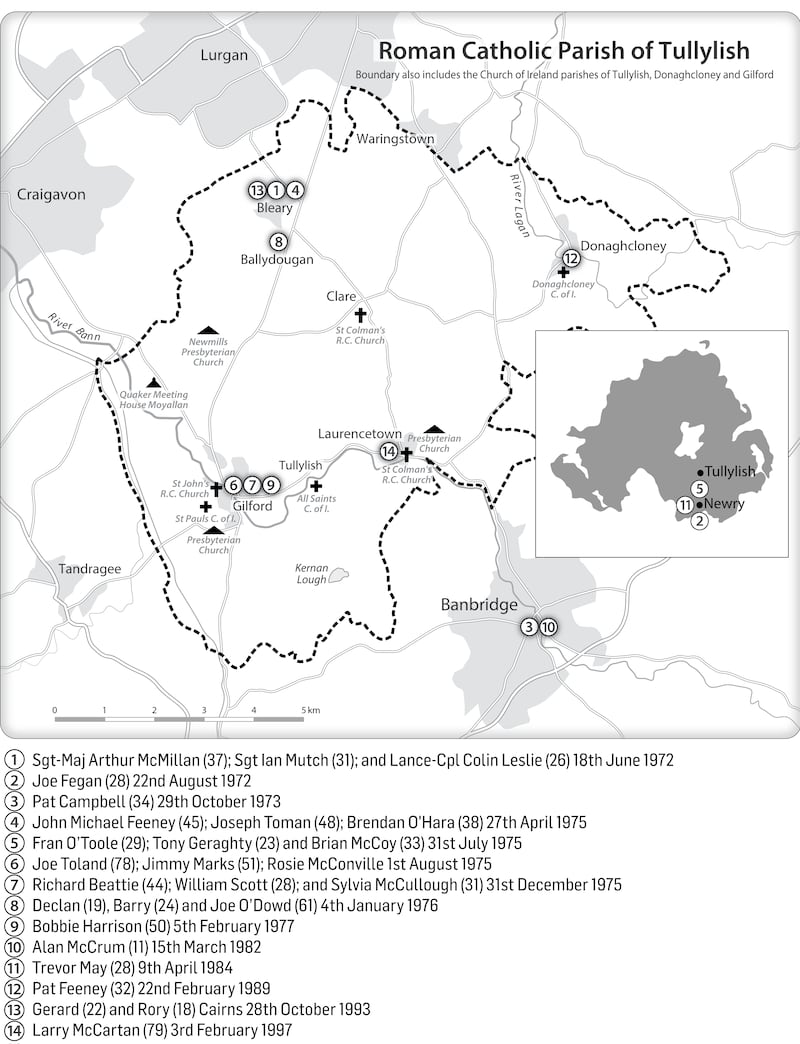
Nikki’s death also sensitised me to others’ grief. She had suffered tragic loss but lived life to the full with a sense of fun and joy that was infectious. I subconsciously sought and found such inspirational resilience, the best of humanity, among the survivors I spoke to. Their stories sometimes broke my heart but their spirit mended it too.
I believe instinctively in the power of storytelling and the healing power of nurturing, not neutering, the memories of loved ones we have lost. There is no cure for some trauma. There is only care. And often that can, must be enough. Memories can be both precious and painful, like walking barefoot on diamonds. But to be forgotten is to die a second time. “No one is finally dead until the ripples they cause in the world die away,” wrote Terry Pratchett. “The span of someone’s life is only the core of their actual existence.”
When Nikki was being buried, the celebrant invited relatives to scatter earth upon the coffin. Her cousin Graham seemed not to know how to handle a spade, turning the blade upside down. I knew he was a city boy but this was ridiculous. I learned, however, that this was a Jewish tradition, symbolising the alien nature of the task, perhaps also the reluctance to let a loved one go.
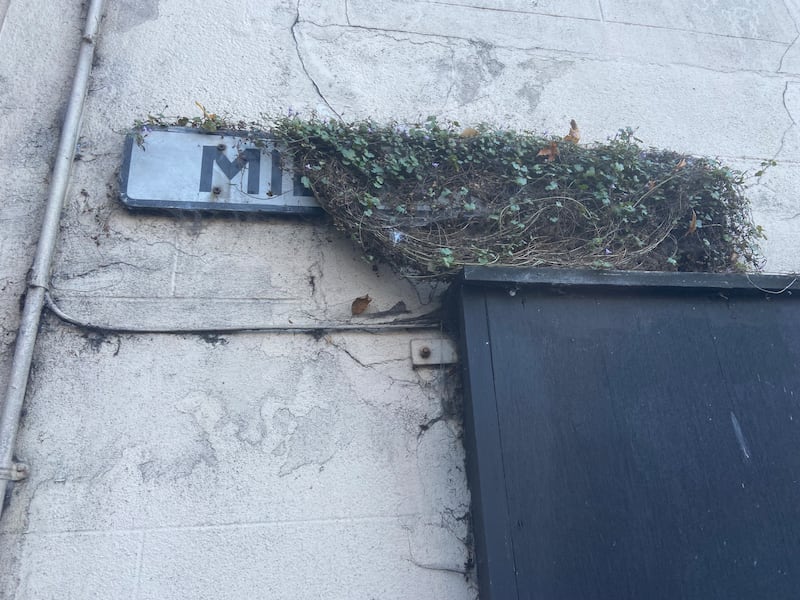
We should be similarly reluctant to bury memories of the Troubles. It might seem perverse, like writing with the reverse side of a nib, but difficult stories are often the most important ones to tell, despite or perhaps because of the pain they contain. It is humbling for me to contemplate as an adult that people I knew as neighbours when I was growing up had been afflicted by such terrible loss and bore it with such dignity. I have tried to record the toll the Troubles took on my parish, and the long tail of trauma it has left behind.
I intersperse these emotionally powerful stories with my own account of growing up during the Troubles, and of the community of which I was part, conveying the texture of ordinary life, drawing on my own family history to give a sense of the before times as well as putting events in their broader historical and cultural context. I have sought where possible not to inject humour, but rather not to exclude it, because it is what makes us human, it is how we cope. The people I grew up with are not dour. They are yarn-spinners who love nothing more than a good story.
Decades later, it is now obvious that violence was not inevitable, that peace was always possible. It is also apparent that the prejudice and the discrimination that necessitated the civil rights movement of the 1960s still stymie democratic and policing norms in the North. Those who most vehemently proclaim their loyalty to the UK blithely undermine it. Those who most loudly champion reunification regularly alienate those they must persuade.
“We have a common history,” said the historian Éamon Phoenix, “but not a common memory.” In other words, while we have all shared the same experiences, we interpret them differently.
Victims and their families are at the heart of this book. While working on it, I was often asked whether I found the conversations and the subject matter difficult. I usually answered that I found it deeply moving rather than distressing. It was akin to attending a wake or a funeral. Any sadness I felt was as nothing compared to the lifelong grief of the neighbours who were sharing their stories. I believe that the very least I – we – owe them is our time, the time it takes to listen to what they went through and are still going through.
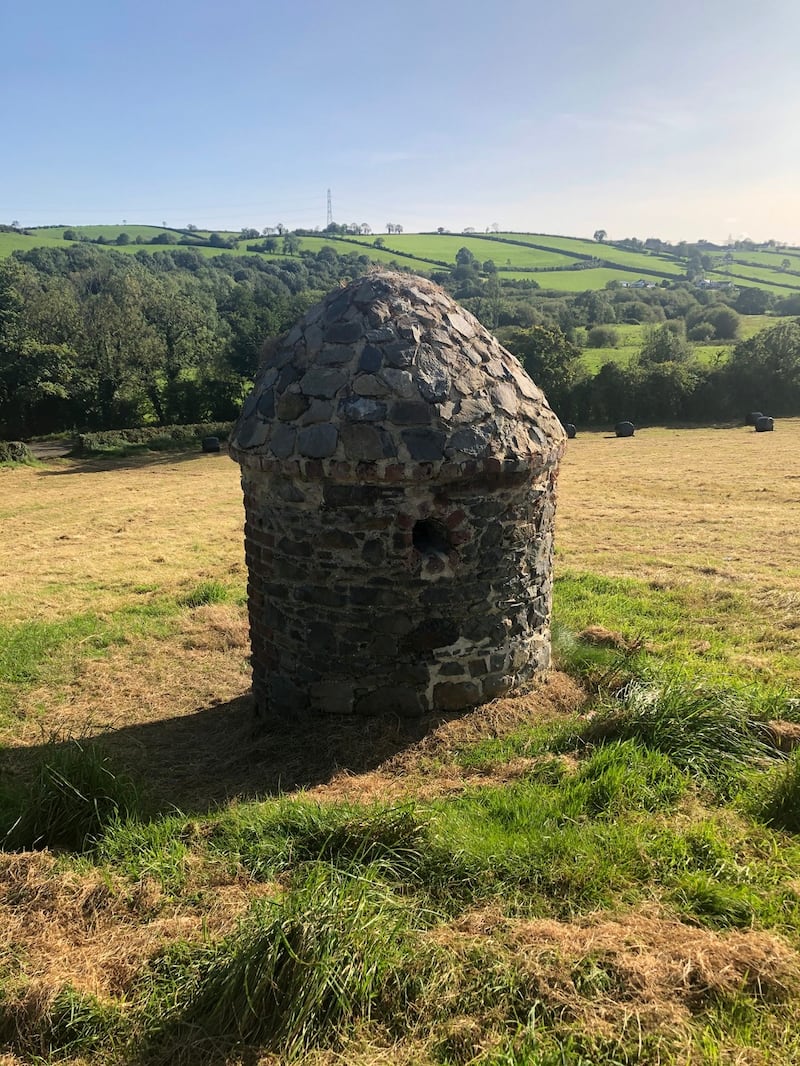
Writing this book has brought me closer to my roots, helped me face up to almost forgotten fears. The low-level anxiety I lived with through the Troubles may have been all in my head but it wasn’t my imagination. I have sat down with the people it actually happened to. Some were angry, some stoic, all of them heroic. They are my tribe. I am grateful to them for sharing their stories but above all I am in awe of their courage. Many of the bereaved ask only that it not be inflicted on a new generation. They have done such heavy lifting for us all.
It has also made me even more intolerant of the apologists on all sides for the violence of paramilitaries and the State – their moral casuistry, their ideological blinkers, their capacity for accommodating atrocity. “The practice of violence changes the world,” wrote Hannah Arendt, “but the most probable change is to a more violent world.”
The first victims of the Troubles in Tullylish parish were three British soldiers, blown up by a booby-trap bomb in a house they were searching in Bleary. It had lain empty since the previous August when its occupant had been interned, along with hundreds of other Catholics, a policy designed to crush the IRA but which had spectacularly backfired. Local children, who had been using it as a den, had a narrow escape. After the bombing, Cranny Terrace, a nearby row of Catholic homes known pejoratively as Pope’s Row, was shot up on several occasions.
[ Hannah Arendt and the meaning of evilOpens in new window ]
On August 22nd, 1972, less than a fortnight before my first ever day at school, Joe Fegan, a 28-year-old lorry driver, became the first person from my parish to be killed in the Troubles, blown up in a premature IRA bomb explosion in Newry customs station at the Border 15 miles south. He left behind a young widow, Christine, who never remarried, and four children, including my classmate Mary and her brother Kieran, who was in the year above me along with my sister Andrea.
Mary Casey, whose father Jack McCann, a coal man, was the other lorry driver killed in the customs post bombing, lives in Inniskeen, Co Monaghan, birthplace of the writer Patrick Kavanagh, who is commemorated in an impressive visitor centre. There is also a memorial to the 10 hunger strikers who died in 1981 in the village. ”Daddy’s 50 years dead this year, but they don’t want to know round here,” she told me. ‘Daddy was identified by the braces of his trousers and because he was black with the coal dust,” Mary says. ”The inquest form was all blacked out but they found every part of him except his brain – so that will give you an idea. Him and the other lorry driver would have got the main force of the bomb. Mummy was sedated most of the time. She didn’t get to the funeral. We had no corpse anyhow. A plastic bag.”
An opinion poll in the Belfast Telegraph last year found that 69 per cent of Northern nationalists and republicans agreed with Sinn Féin’s First Minister designate, Michelle O’Neill, that ”violent resistance to British rule during the Troubles” was the only option. The glorification of ”physical force republicanism” is enabled if you allow a new generation to ignore the gore in which it is steeped.
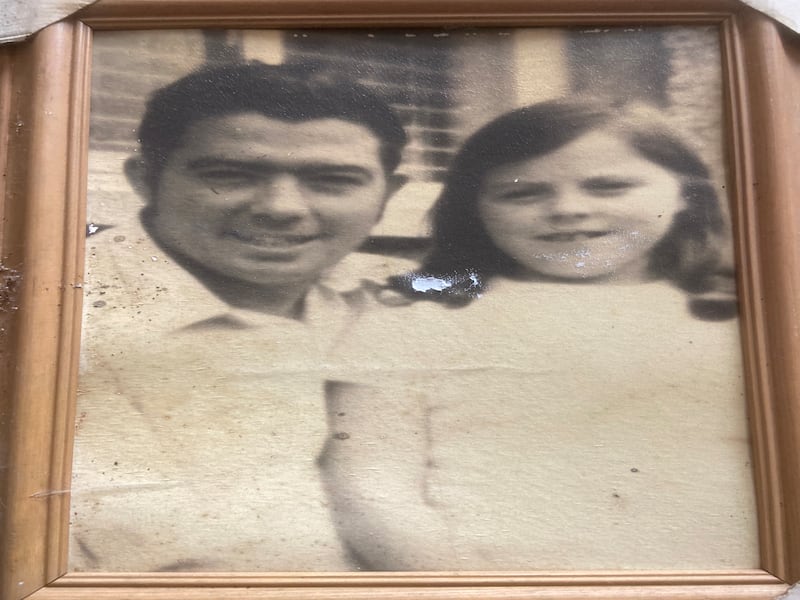
Paddy Barry was also in my class. He is married to Donna Campbell, whose father Pat was 34 and the shop steward of Down Shoes in Banbridge, then by far the largest local employer, when he was murdered by two men including Robin Jackson, a former colleague and a serving UDR soldier, on October 29th, 1973. Pat’s wife Margaret identified Jackson as the killer but the prosecution fell through. Nicknamed the Jackal, he has been credibly linked to more than 50 murders, including the Miami Showband massacre, the O’Dowd murders and the Dublin and Monaghan bombings. The Miami families received a major out-of-court settlement in 2021, as did Margaret Campbell a year later, after suing the PSNI alleging collusion between the killers and State agencies.
Declan Feeney was two years ahead of me at school. His father, John Michael Feeney, was 45 when he was murdered by the UVF in Bleary Darts Club on April 27th, 1975, along with two other local Catholics, Joe Toman (48) and Brendan O’Hara (38). John Michael had brought his son Jimmy to the club to show off his All-Ireland senior boxing championship medal, which he had won just two nights previously in Dublin. Jimmy had gone to the toilet outside, returning to see the gunmen open fire. He told detectives that he could see by the light of the muzzle flash that one gunman was wearing blue jeans. What light could be darker? That was the light Jimmy saw by for the rest of his days. He died by suicide in 2007.
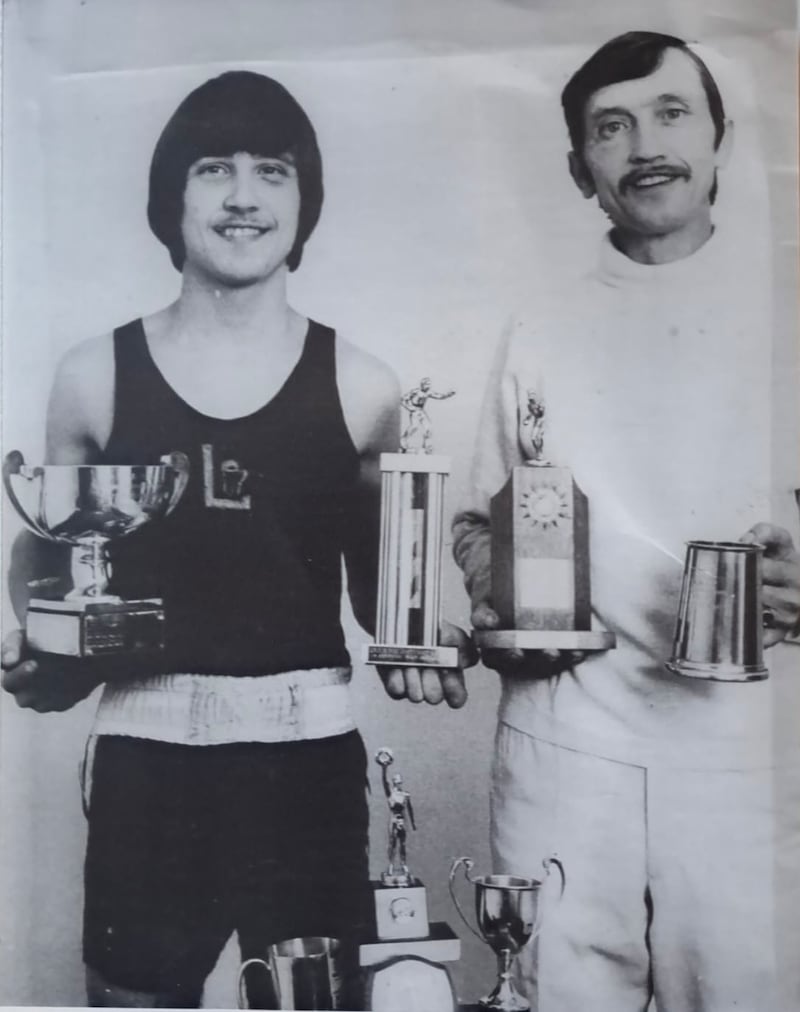
Gerard Cairns was in my brother Shane’s year at school, while his brother Rory was in my younger brother Garry’s class. They were 22 and 18 when they were murdered by the UVF on October 28th, 1993 in their own home in front of their sister Roisin, whose 11th birthday they had celebrated just an hour before. The RUC conducted door-to-door enquiries the day after the murders, asking if anyone had seen anything suspicious, which was rather awkward as the standout thing that neighbours and parishioners attending Clare chapel did notice earlier on the day of the shooting was an unusually high security presence. Tullylish lies at the heart of the Linen Triangle but also in one corner of the Murder Triangle, where the Glenanne Gang of loyalist paramilitaries and security force members murdered Catholics for years, as documented in Anne Cadwallader’s book, Lethal Allies.
Eamon’s birthday is Remembrance Day. “Society bombards you to let go and move on. But you can’t tell parents that. I see people mourning their dead every year in the month of November from the first World War, a hundred years ago, and I’ve shed tears with them people watching them on TV because I can relate to it so well, people whose grandparents were shot in the first World War, still shedding tears, and they’re expecting me to move on and forget about my children. The ignorance of people, the cruelty of people is unbelievable, boy. I want my children remembered when I’m long gone.”
[ Never forget? Memory’s role in Irish cultureOpens in new window ]
Religion is often depicted as the accelerant that made the conflict in the North so combustible. While sectarian attitudes did exacerbate the division between many who identified as Irish or British, it should be acknowledged that people of faith on both sides acted as a brake on those within their families or communities intent on revenge.
Philip McConville, whose mother Rosie was paralysed in a gun attack on a bus bringing her home from bingo in 1975, said, “I told my mum when I was about 15 – I was rubbing her leg because that was the only way she could get a bit of relief – I says, ’See the people who done this to you, Mum, if I ever find out who they are, I’m going to kill them.’ She said, ‘Son, I pray for them every night.’”
Dickson McCrum, whose 11-year-old nephew Alan McCrum was murdered in a no-warning IRA bomb in Banbridge in 1982, said on the family’s behalf, ”We want no retaliation. We are a sincere Christian family and accept Alan’s death as something which the Lord himself has allowed.” That this Christian charity was commonplace after such atrocities does not make it any less remarkable. It was the backstop that saved the North from sliding into all-out civil war.
The past is not dead, wrote William Faulkner, it is not even past. The British government has just passed a legacy Bill, in the teeth of opposition from victims’ groups and all shades of political opinion, which shields its army veterans from prosecution, even as a former chief constable finalises major investigations into collusion between paramilitaries and state agents. Sinn Féin looks set for government on both sides of the Border, its leaders still adamant that the IRA’s campaign was necessary and inevitable.
By focusing on a small community, John Healy’s No One Shouted Stop (Death of an Irish Town) captured the devastation of emigration and Donal Ryan’s The Spinning Heart the human cost of the Celtic Tiger’s collapse. Dirty Linen seeks to do the same for the Troubles.
Dirty Linen: The Troubles in My Home Place by Martin Doyle is published by Merrion Press.
